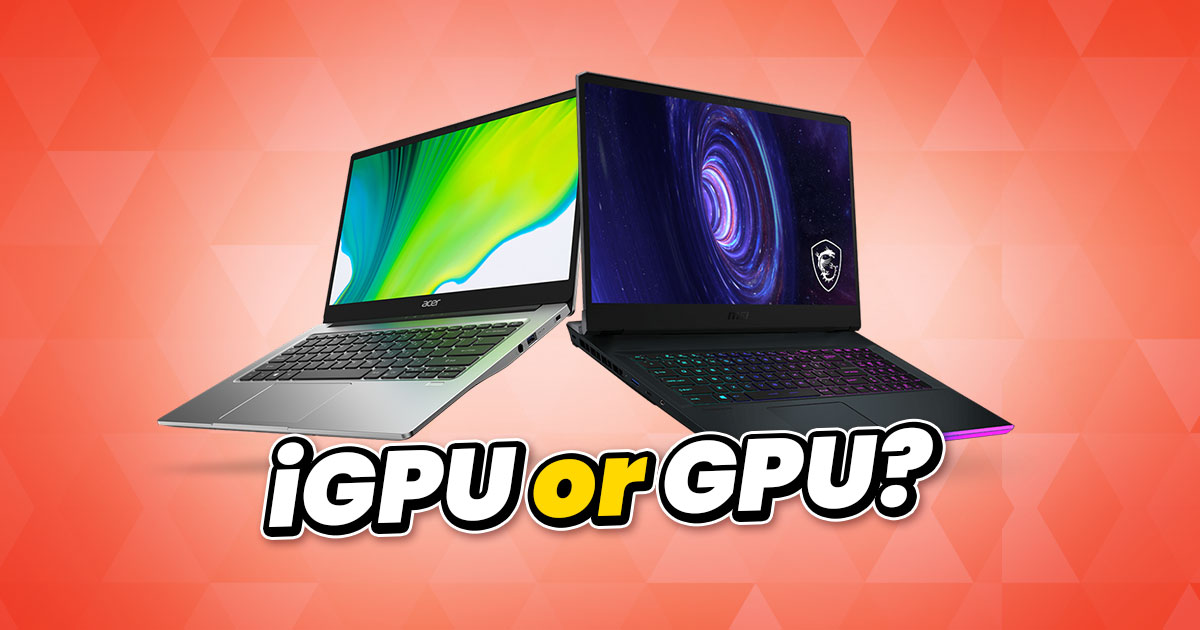
Nowadays, laptops are usually equipped with either an integrated graphics processing unit (iGPU) or a graphics processing unit (GPU) to process graphics and images and output them to the display. However, laptops equipped with a discrete GPU are usually quite power-hungry, which drastically reduces the laptop’s battery life, and they tend to be a lot heavier.
However, with the introduction of integrated GPUs, laptops have drastically shrunk down in size, making them a lot more portable, and they’re able to last an entire day or 2 on a single charge. So with that being said, should you get a laptop equipped with an iGPU or a GPU?
In this article, we’ll highlight the main difference between both types of GPUs. In addition to that, we’ll touch on whether you should get a laptop with an iGPU or a GPU. So let’s have a look at the difference, shall we?
What’s the difference between an iGPU and a GPU?
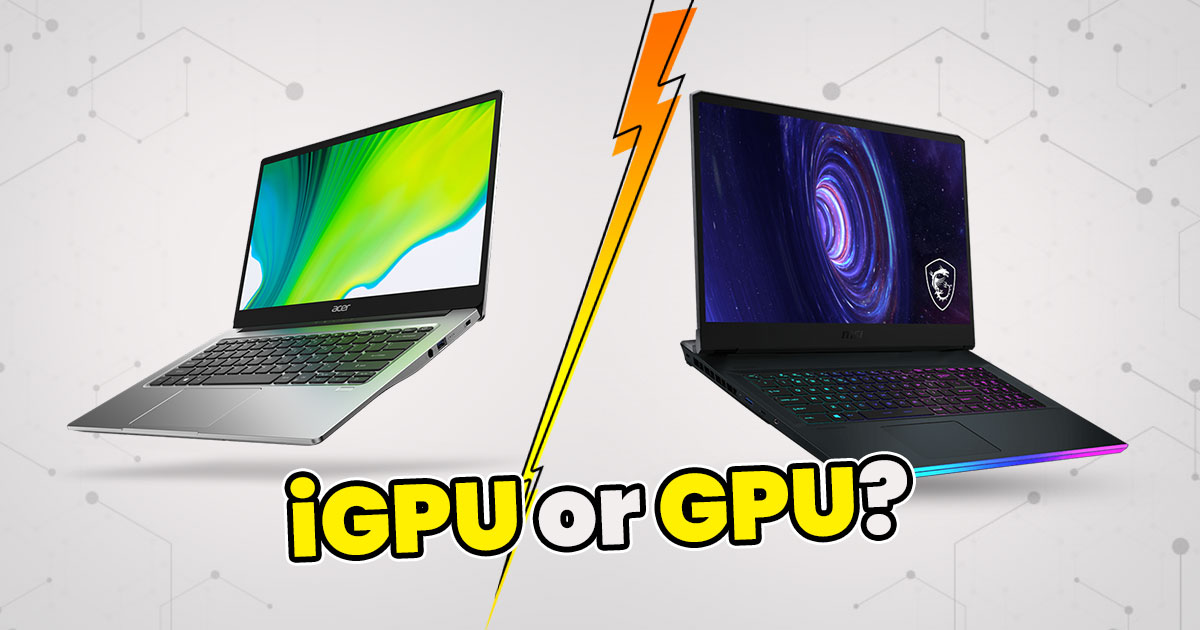
Before we talk about the difference, we should talk about their role in a computer system like a laptop. As we have mentioned above, a GPU is used to render images and 3D objects onto the display.
GPUs are found in almost all consumer hardware, and they’re usually equipped with a specialised RAM called VRAM that’s dedicated to storing raw data that will be processed. As for the difference, a modern GPU is a separate component, while an iGPU is a graphics processor integrated with the CPU that takes up less space and is more energy-efficient, but it does not have a dedicated memory.
Instead, it uses the same system memory that’s being utilised by the CPU. With that in mind, the laptop could struggle and freeze if used to run a RAM intensive task like 3D modelling, CAD, or hosting a virtual machine. However, iGPUs are much more energy-efficient and do not need a separate cooling fan, unlike GPUs. As a result, it allows manufacturers to produce smaller batteries, resulting in much smaller, lighter, and portable laptops.
Should you get a laptop with a GPU or an iGPU?
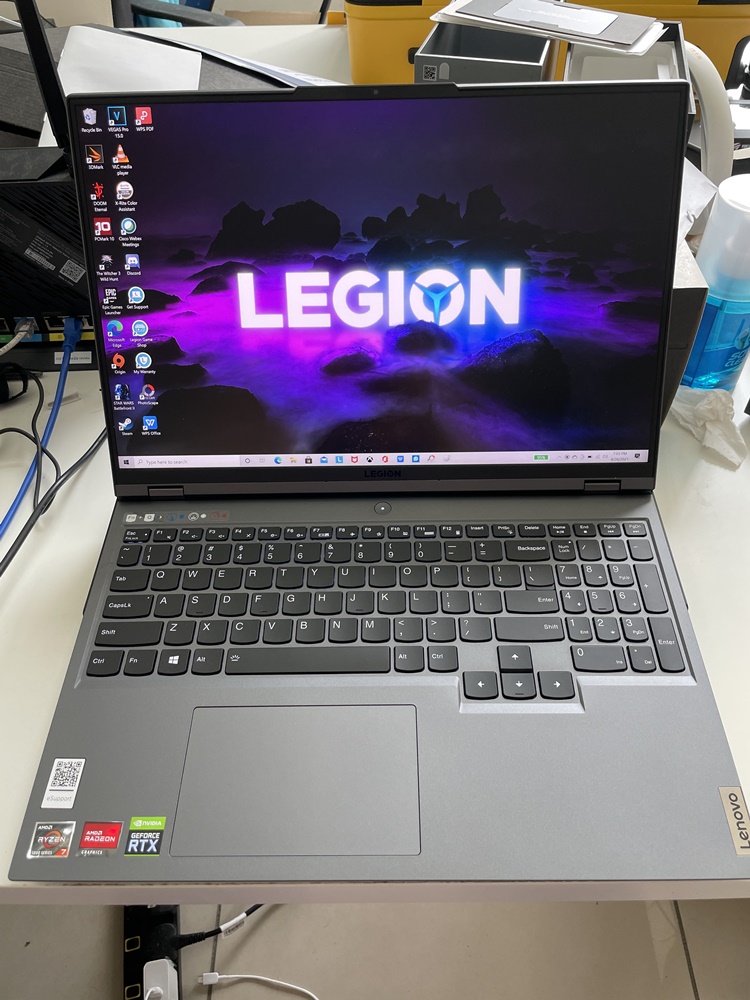
The Lenovo Legion 5 Pro comes with a discrete GPU
With everything above being said, picking a laptop equipped with a GPU or an iGPU largely depends on what kind of workloads you’re going to do on it. Not only that, but weight is also a determining factor as it’s much easier lugging around a light and compact laptop than one that is heavy and unwieldy.
For example, if you find yourself constantly on the move and mostly use office software like Word, Excel, and some light photo editing work, it might be a better idea to get a laptop with an iGPU. They’re smaller, lighter, and the battery life is usually much longer than laptops with a discrete GPU as they’re generally more power-efficient.
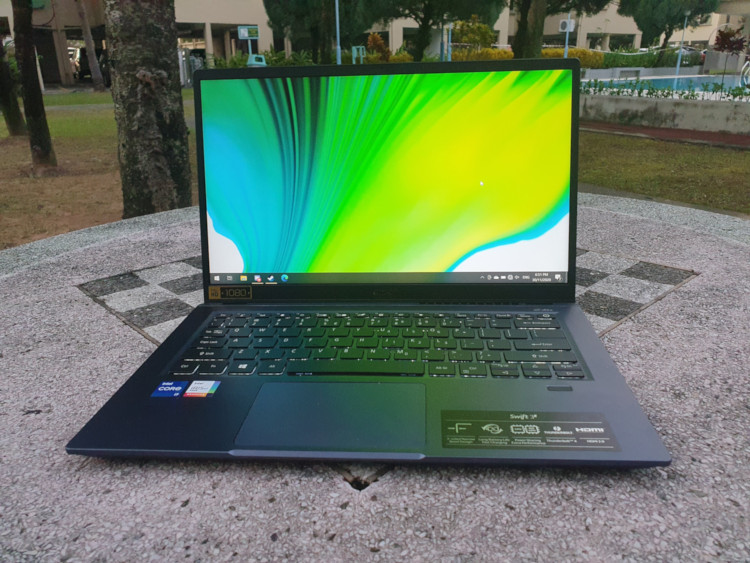
The Acer Swift 3X comes with an iGPU. It's quite light at only 1.37Kg.
The main drawback is that laptops with iGPU tend to struggle when running tasks that are both RAM intensive and graphically intensive because resources are shared with the CPU. In addition, the laptop’s battery life is reduced drastically, as the iGPU needs to draw more power to render more complex graphics onto the screen.
Brands like AMD with Radeon Graphics and Intel with their Iris Xe Graphics have been developing iGPUs that offer performance that is more than enough for playing most games. Additionally, it aids the laptop when it comes to handling complex 3D workloads while staying portable and energy-efficient.
The Lenovo Legion 5 Pro can run Star Wars Battlefront 2 without any issues
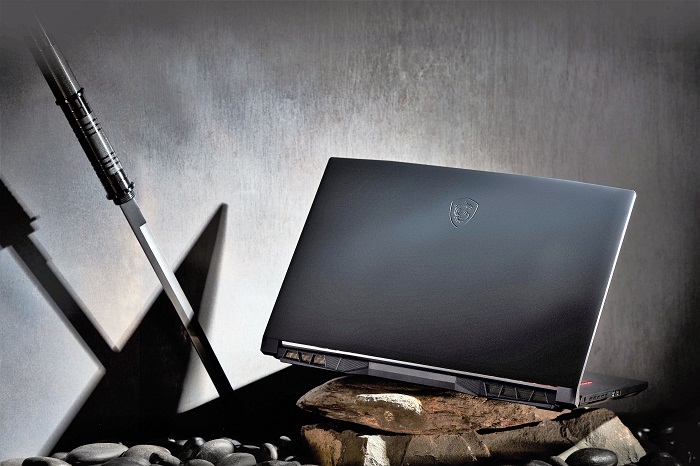
The MSI GF76 Katana comes with an RTX3060 which is more than enough to do video editing and run most games on the market smoothly
Laptops with a discrete GPU, on the other hand, usually have better performance, and it does not need to share resources with the CPU, allowing them to run higher-end games and complex 3D rendering programmes smoothly. However, because it is a separate component on a laptop, unlike an iGPU, discrete GPUs usually take up more space as it requires a dedicated fan and exhaust port just to cool it down, equating to a laptop that’s larger and heavier.
While these laptops generally have a much larger battery, discrete GPUs are much more power-hungry, reducing overall battery life. If you need a laptop with good performance for gaming or handling complex workloads and portability is not a factor, then a laptop with a discrete GPU might be more suitable for you.
Another thing to consider is the price as iGPU equipped laptops are, on average, much cheaper compared to laptops with a discrete GPU. With that being said, you should do your research before getting a laptop with an iGPU or a discrete GPU.
You can get the best of both worlds by getting laptops that support an eGPU!
The ASUS ROG XG Mobile can help you boost your laptop's performance
If you find yourself needing something that has the performance of a discrete GPU, you could consider getting a laptop that’s compatible with an eGPU. But what is an eGPU?
To put it simply, an eGPU, also known as an external GPU, is typically an external enclosure that houses a GPU that can be connected to a laptop via a Thunderbolt port to provide a boost in performance. It also gives the flexibility of choosing what kind of GPU to put inside the enclosure.
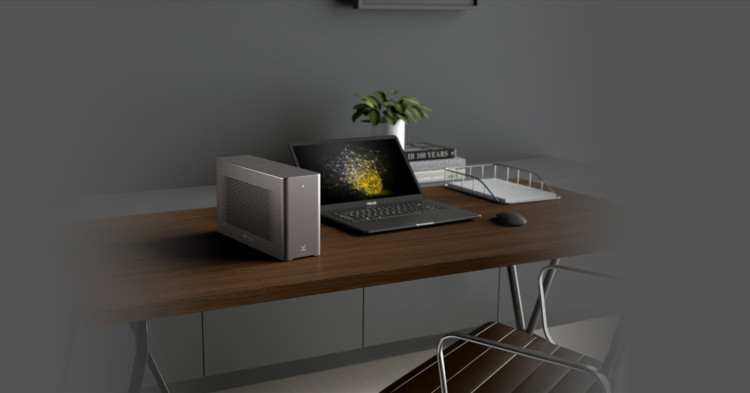
You can connect your laptop to an eGPU via the Thunderbolt Port
It’s also possible to upgrade the eGPU by swapping out the GPU inside for a newer compatible GPU in the future. With that in mind, you’ll have the flexibility to bring around a laptop that’s lightweight and power-efficient for most general tasks, thanks to the iGPU inside.
Once you’re back home, you can connect the laptop to an eGPU to get a boost in performance for handling more graphically intensive tasks such as gaming and 3D rendering. However, keep in mind that eGPUs could potentially be more expensive as you have to spend money on getting a laptop that’s compatible with an eGPU, the enclosure, and the GPU itself.
Conclusion - Pick the laptop that best suits you
Just to recap, if you’re constantly out and about, a lightweight and portable laptop equipped with an iGPU will benefit you the most. On the other hand, if you’re going out occasionally and need to handle graphically complex workloads, a laptop with a discrete GPU might be a better choice.
If you need a laptop that can do both and you don’t mind splurging a little, then getting a laptop that supports an eGPU would be a better choice as you get the best of both worlds. As for which laptop to get, a good iGPU laptop worth considering is the Acer Swift 3X (RM3799), Lenovo Yoga Duet 7i (RM4599), and the ASUS ZenBook 13 OLED (RM4299).
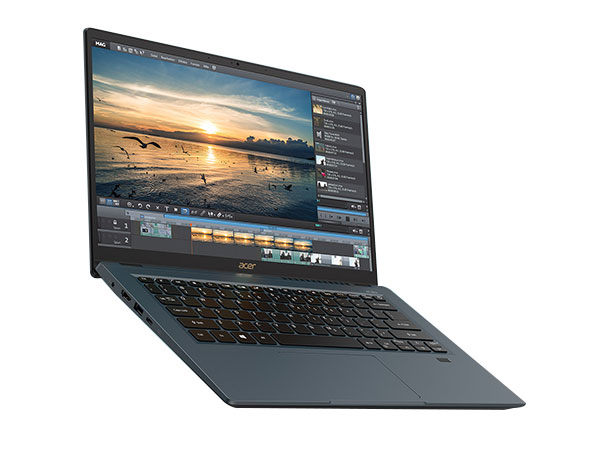
Acer Swift 3X
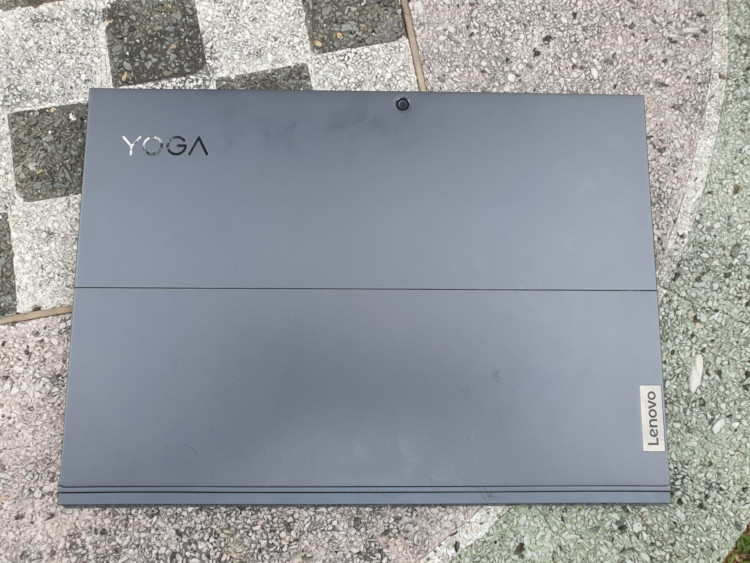
Lenovo Yoga Duet 7i
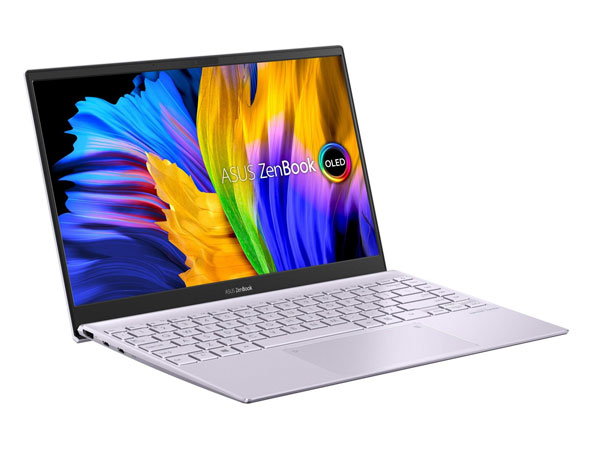
ASUS ZenBook 13 OLED
As for laptops equipped with a discrete GPU, you could get either the ROG Strix G15 Advantage Edition, the upcoming MSI GE76 Raider 11UH-413 (RM17499), or the Lenovo Legion 5 Pro (RM6700). Last but not least, for eGPU enclosures (GPU sold separately), you can have a look at the Razer Core X Chroma (RM1999), the Lenovo Legion BoostStation Graphics Booster (~RM1027), or the ROG XG Mobile (comes bundled with the ROG Flow X13 at RM13499).
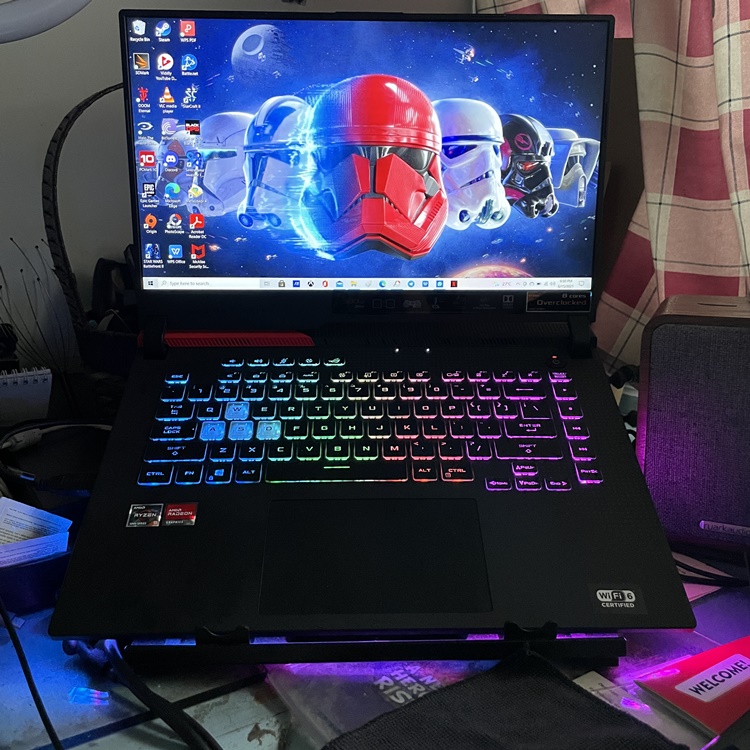
ASUS Rog Strix G15 Advantage Edition
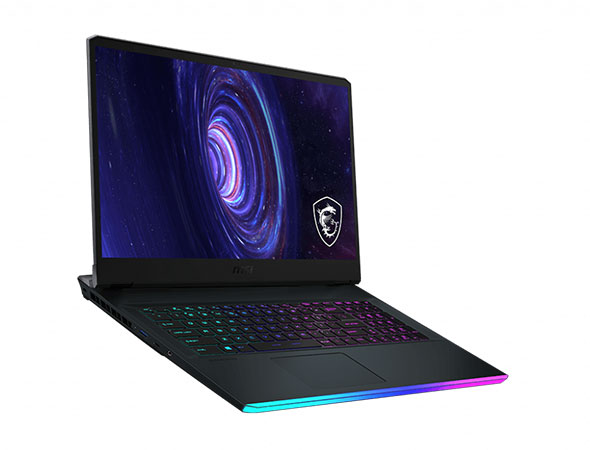
MSI GE76 Raider
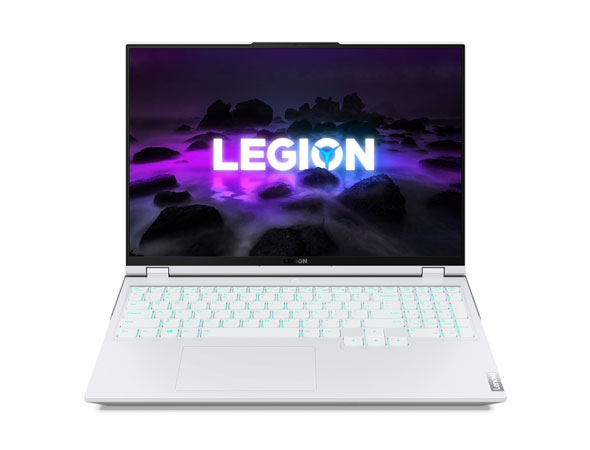
Lenovo Legion 5 Pro AMD

Lenovo Legion BoostStation
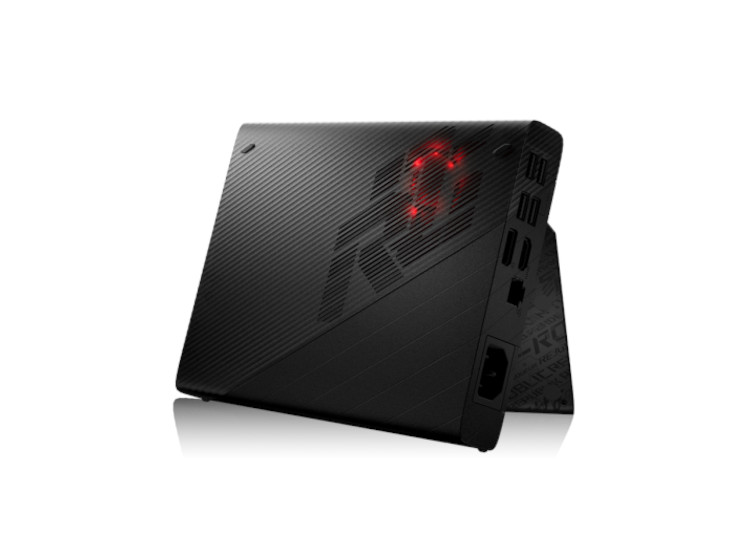
ASUS ROG XG Mobile
So, with all that being said, do you prefer getting a laptop with an iGPU or GPU? Let us know on our Facebook page and for more updates like this, stay tuned to TechNave.com.




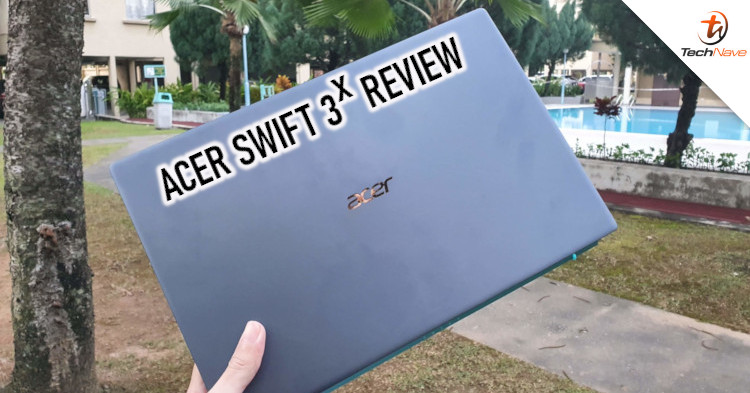



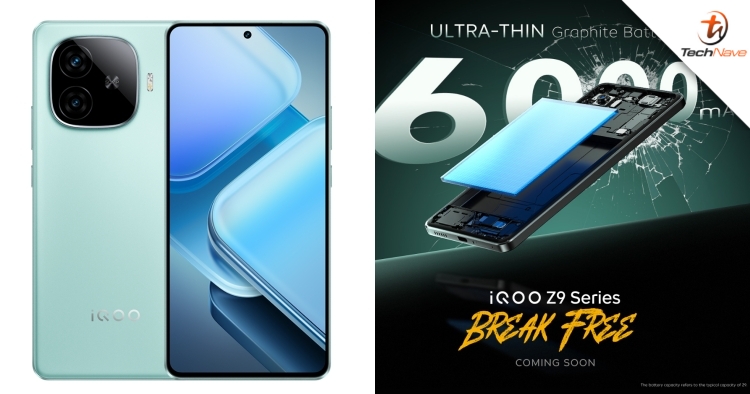



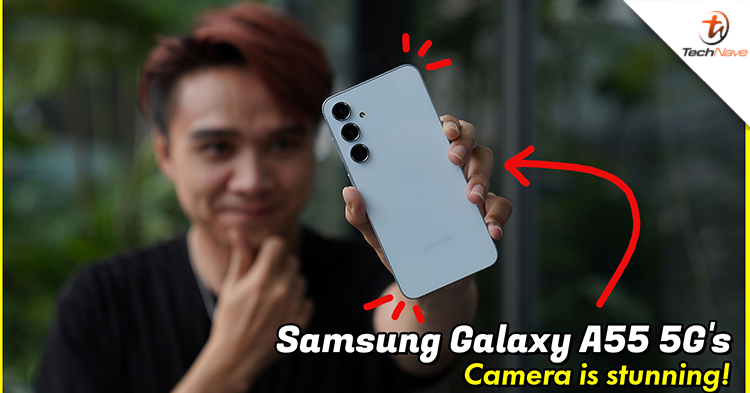


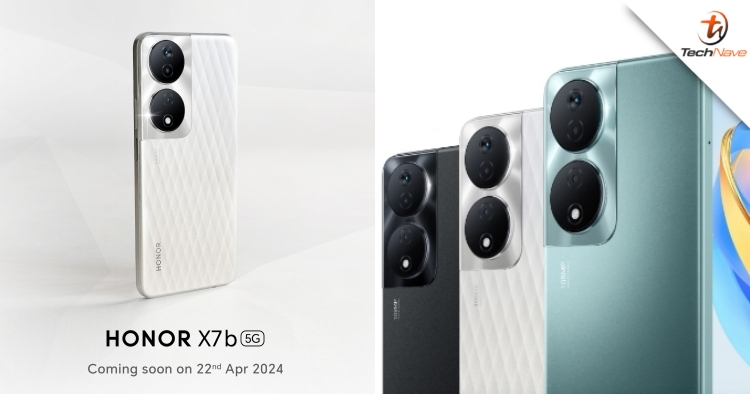
COMMENTS